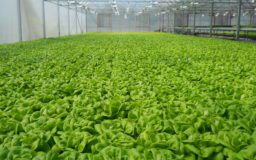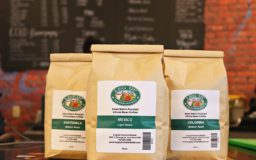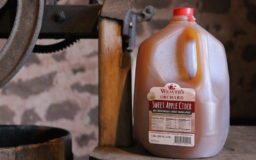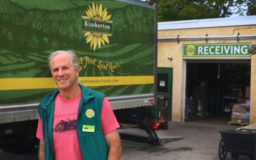Lancaster Farm Fresh Cooperative (LFFC) is a nonprofit organic farmers cooperative located in Lancaster County Pennsylvania. LFFC and its farmers are driven to create healthy high-quality foods, while staying focused on the small family farm. The produce harvested at LFFC is Certified Organic, unless otherwise noted. LFFC also stands behind growers who practice sustainable farming by supporting local farmers who use Integrated Pest Management (I.P.M.) methods. We had the opportunity to talk with Casey, General Manager of LFFC, who was happy to share more with us about what LFFC’s role is in the community.
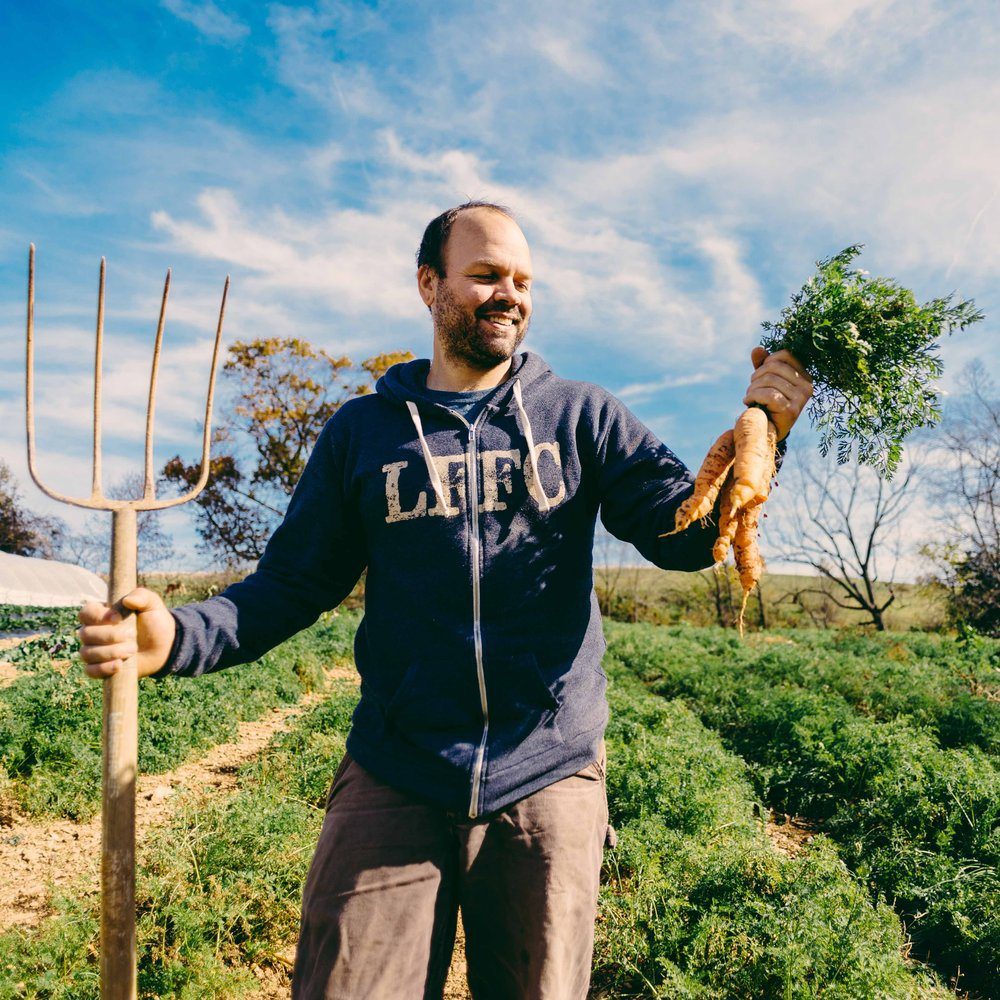
Are most of the co-op farms within Lancaster County?
We currently have over 120 Member Farmers that are part of LFFC. We work with 200 more in the local area that are not members of our cooperative, but we support their efforts. We have a strong network of growers that can share valuable information, like growing methods, with each other.
What do you think Lancaster Farm Fresh’s role is in the community?
Our role within the community is to support local organic farmers to get quality, nutrient dense local foods into the hands of the consumers. When people get our produce they can be assured that it was raised and taken care of by using the triple bottom line method (People, Planet, Profit).
In what ways does a co-op like LFFC support the small farmer?
We provide an outlet where they can get fair prices for their goods. We provide packaging, marketing etc., so our farmers can stay on the farm doing what they do best – growing great food. We have a group of committed farmers that network with each other. We also give 0% loans to the farmers to help them get through the lean season.






